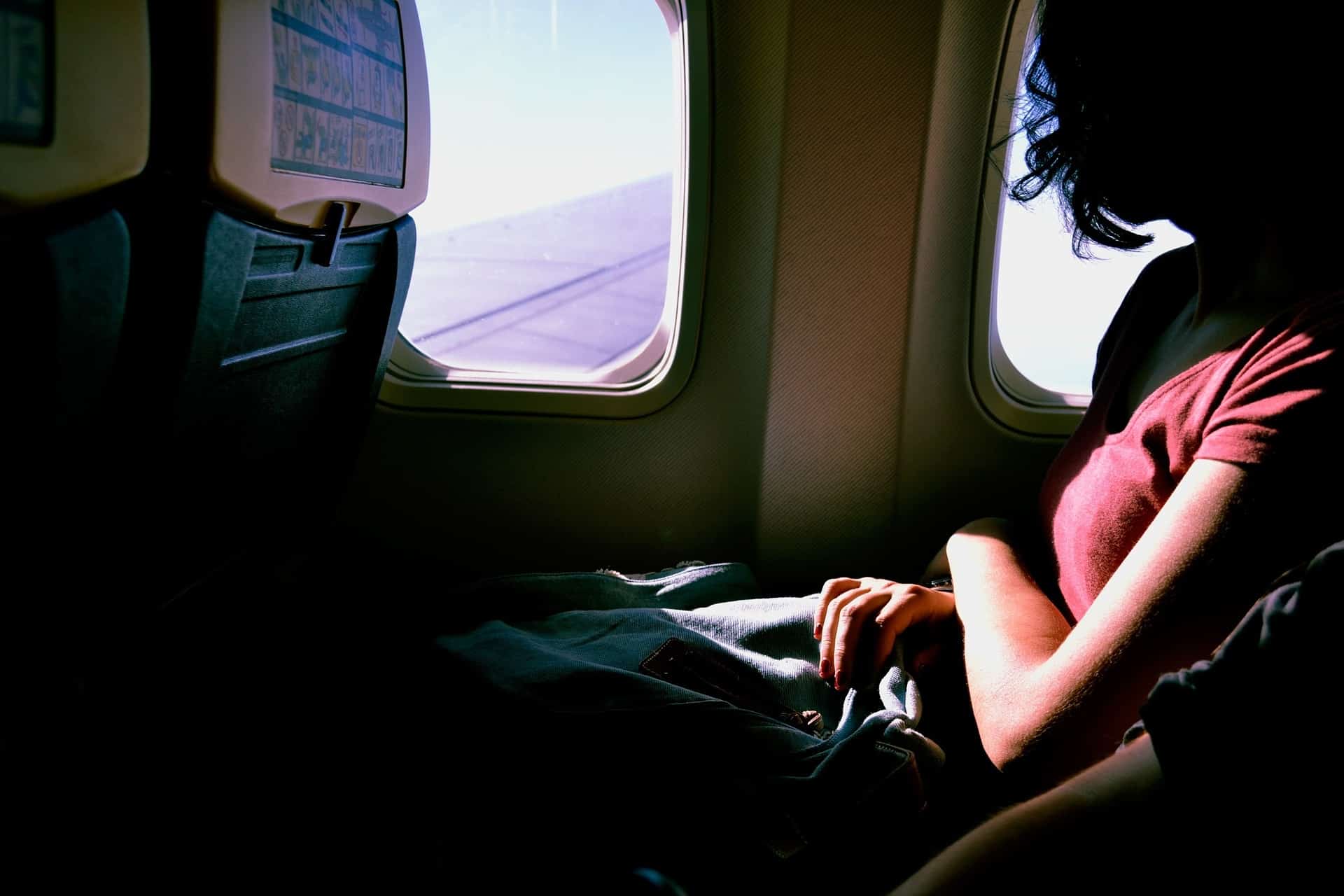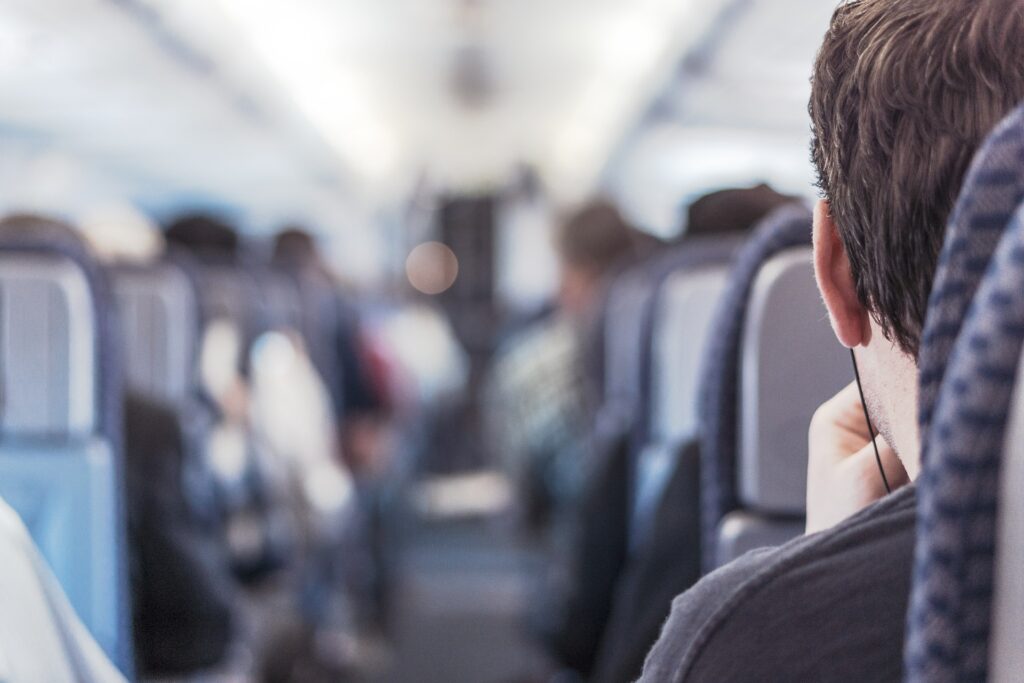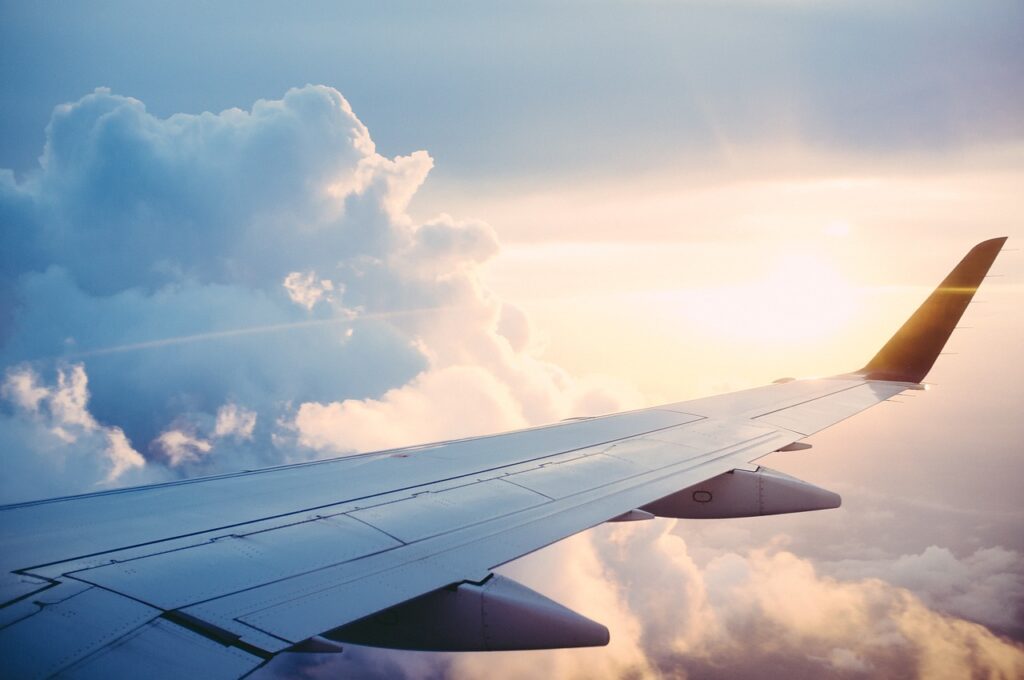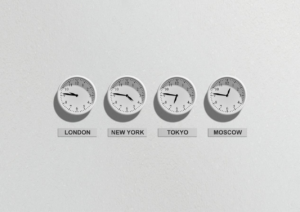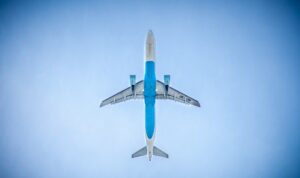The holiday is coming, which means for most people, there is a lot of air travel to be done. If you’ve ever been on a plane, what’s the worst thing that can happen during a flight? Motion sickness? Or sitting next to a noisy child, a weirdo, a stinky guy? The answer for most travelers may be terrible and unexpected shakes, also known as turbulence. So, is the shake usually a sign of disaster? Is it really as bad as we think? Fortunately, turbulence may make you anxious and nervous, but it’s not that dangerous.
Pilots and psychologists agree that the aircrafts themselves are designed to withstand considerable punishment, and they must meet stress limits for both positive and negative G-loads and that they can take great pressure. The altitude, bank and pitch of the plane will change only slightly in turbulence, and one of the inherent features of aircraft design is the “positive stability” known to pilots. In other words, turbulence does not cause the plane to crash. In fact, no commercial passenger aircraft accidents caused by turbulence have occurred in the past 50 years. However, turbulence can cause injury if you are not wearing a seatbelt, as something inside the plane may be dropped.
So fasten your seat belt and stay calm are the two most important things you need to do when traveling in the air. It’s easy to fasten your seat belt, but how do you stay calm? Psychologists provide some easy-to-get tips to help you stay cool when you run into turbulence.
Keep reading.
1. Avoid Alcohol, Carbonated Drinks, Caffeine
Alcohol can make it difficult for you to control your imagination and cause you to have horrible associations when the turbulence occurs, but relying on alcohol for calming can backfire. Passengers can dehydrate when the air pressure in the cabin is too low, while carbonated drinks can exacerbate dehydration, which can eventually lead to headaches, fatigue and dizziness. Research has shown that caffeine is a stimulant that can make anxiety worse and even trigger panic attacks, so caffeine beverages are not a good option for those who are vulnerable to turbulence.
2. Distract Your Attention
Distraction can do miracles. Maybe it’s a book you can’t put down, your favorite movie or TV show, calming music, some puzzles, crossword or mobile games. Anything you’ll find most enjoyable will shift your focus to something else and divert your attention from the fact that you can’t control the situation. Besides, a neck pillow, soft blankets, your favorite hoodie or slippers can help you relax and stay calm in a temporary state of mind when turbulence comes.
3. Massage Pressure Spots
The stress you experience as a result of the turbulence is releasing a lot of adrenaline through your body, which can cause shakes. Since you can’t jog around the plane to release energy, you can try to relax every part of your body, for example, massage the acupoints of your neck, shoulders or palms to relieve the feelings of stress and anxiety. The steps of hand massage are easy to operate. You only need to put your thumb on your palm and apply pressure to the swept action of outward and toward your fingers, or use your thumb to make a small circular motion on your palm and then repeat with your knuckles.
4. Breathing Exercises
When turbulence strikes, taking a deep breath calms you down until it passes, and by changing your breathing rate and pattern, you can stimulate your body’s relaxation response. Slowly exhale through your closed lips while relaxing your face, chin, shoulders, and stomach, and repeat this three or four times. Next, shake your arms, shoulders and legs in your seat and gently roll your head. Finally, close your eyes and breathe gently for about 30 seconds.
5. Book a Right Seat
Choosing the right seat and getting ready allows you to have a relaxing flight. To avoid turbulence, the best seat on the plane is either over the wings or towards the front of the aircraft. The wings of the plane keep the plane balanced and smooth, while the tail of the plane wobbles more. The closer you get to the front of the plane, the less turbulence you usually feel, where the bumps and shakes are less intense. If you sit in front of the wings and the engines are right behind you, not only will you feel less turbulence, but you will have a peaceful flight.
6. Think Calming Thoughts
If you tell yourself the same thing over and over again, you may end up believing it. For example, if you keep thinking ” turbulence is dangerous,” it breeds anxiety. Instead, try to focus on positive thoughts, just like all the interesting things you will do when you arrive at your destination, whenever you start to feel scared, keep repeating these phrases in your head, ” I’m safe,” and ” I’m alright,”, Keep doing this exercise, you will feel less anxious because your positive thoughts will overwhelm your negative thoughts.
3 Tips to Stay Safe during Turbulence
1. Put all Loose Items in Place
If there is anything lying loose on your seat or floor, it will fly temporarily in the turbulence and hurt somebody. If there’s sudden turbulence when you’re holding something, the tighter you grab it, the better. Also, if you don’t eat or put your computer on the tray table, fold it so you don’t bump into it when you go through the turbulence.
2. Don’t Move Around on the Plane
Most turbulence injuries occur to people who walk around the plane during flight. If you really need to get up when the turbulence hits, please get back to your seat as quickly as possible.
3. Sit in the Nearest Seat
If you encounter turbulence in the bathroom, grab the side doorknob and stay where you are. If you are in the aisle during a violent turbulence, sit in the first empty seat you can find and fasten your seat belt. Once the turbulence stops, you can return to your original seat.
